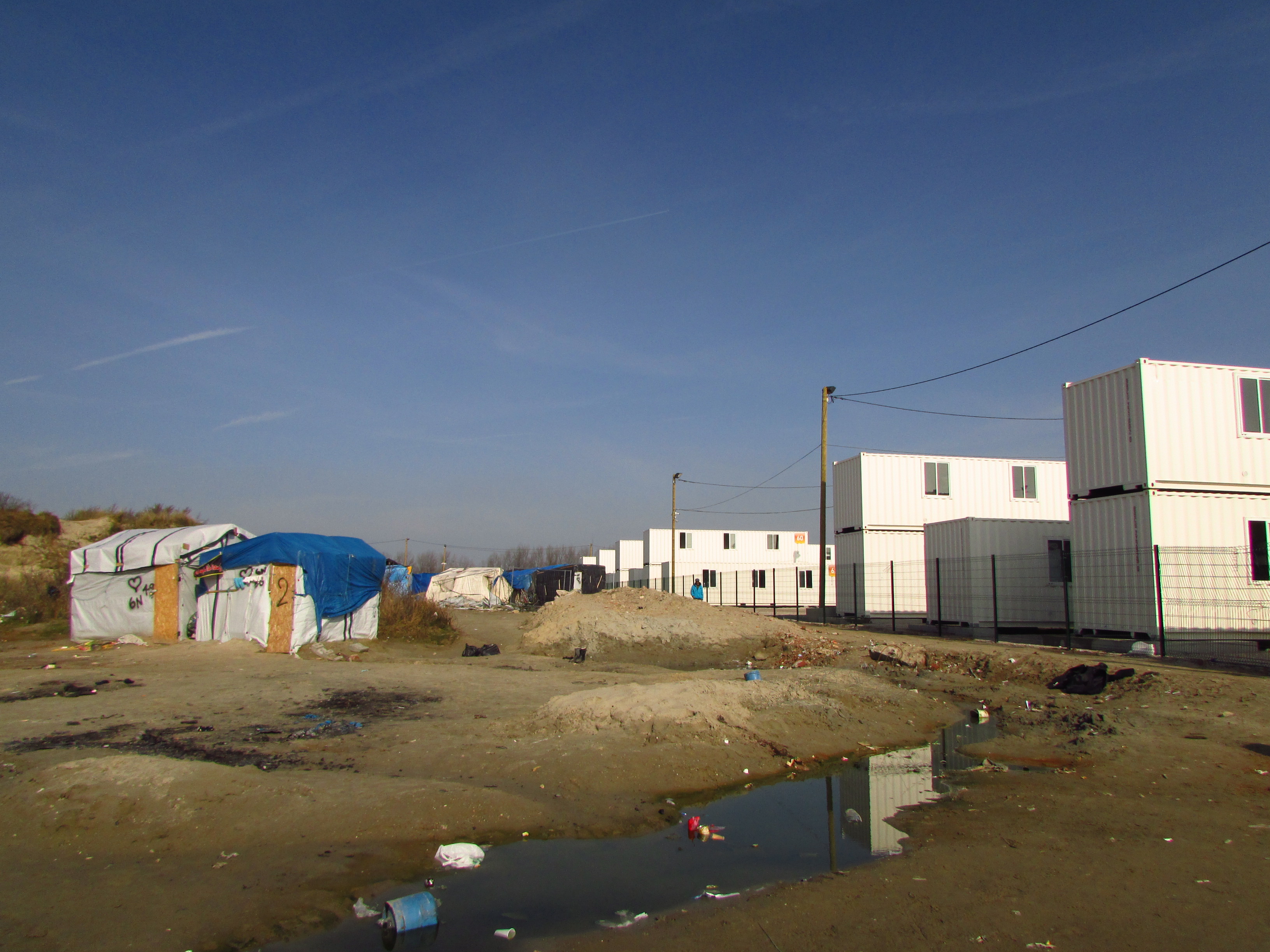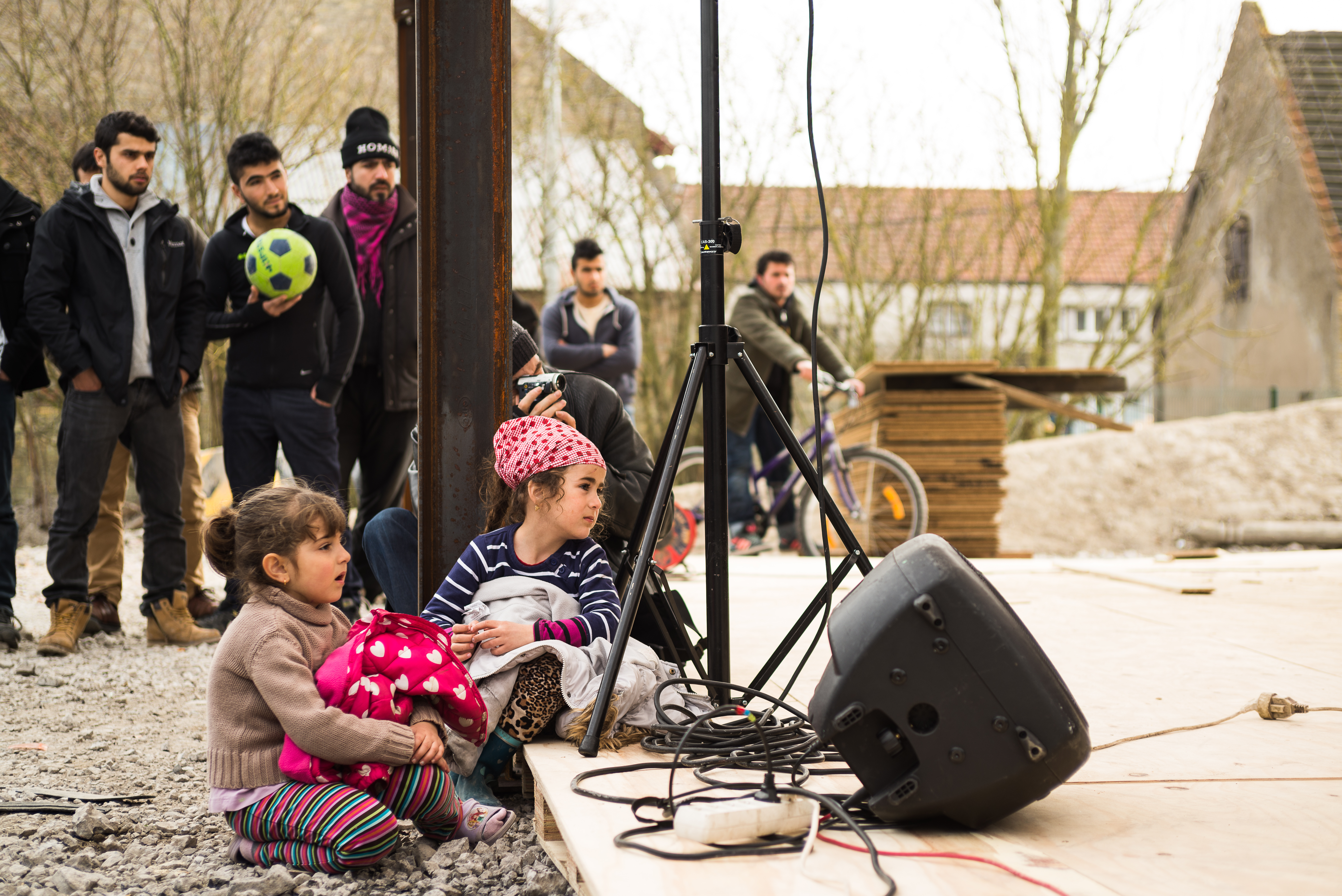Europe is going through a crisis that the media present as major, the so-called “migrant” or “refugee crisis”. With the terrorist attacks, the numerous wars in the Near East and Middle East, and a World in which instability has become the rule, European societies are compelled to think about how to welcome migrants and offer them hospitality. This has however turned out to be a test as this migration has been politically reframed in the public debate and the policies of the European Union.
These massive new migrations, which Alain Tarrius (1989) identifies as at the origin of a “between poor” globalization, organised in an underground economy, are also composed of geopolitical migrations that are made up of exiled migrants who are trapped in the nets of the constraints and juridical laws of the EU, the complexity of political asylum, and therefore launched into a nomadic exile that looks like roaming (Bolzman 2012).
Lying at the heart of these particular forms of mobility, some territories like Italy, Greece or the North of France have become ultimate borders, gateways as well as sticking points towards countries imagined as lands of welcome.
The permanent presence of the exiles since the middle of the 1990s and the Kosovo war has taken different forms according to either the geopolitics of the conflicts which have lead people on the road from around the world, or the structure of transnational systems of “passage” and illicit work, and the numerous and often incoherent public policies of emergency shelters, care, and more often expulsions, about which Saskia Sassen (2014) says they form a major system of the global economy.
On the other hand, there has been a permanent feature : the migrants’ insecurity, which is paradoxically reinforced by the fact that they are kept in “safe” places such as HCR camps. Far from the enchanted visions that some analysts develop, making the encampment the model of a town to be, flexible, self-managed and adaptable, the migrants are in fact submitted to the violence of the situations they experience, of their imposed settling in the “jungles”, the town squats and the carceral environment of the camps. They face intracommunity violence, “ferryman” violence, repressive violence, psychological violence due to the fear of detention and expulsion, as well as self-imposed violence.
In these conditions, the actions of organisations constitute the minimum level of protection that life requires, a form of social if not spacial hospitality. The volunteers who are involved in support activities for migrants — who are, juridically speaking, refugees or not — are faced with situations that do not belong to the usual frame in which migratory facts are conceived of. Most of the time, they do not organise their welcome in the scope of “integration” but in the perspective of humanitarian protection in between political asylum or during the interval of border-crossing. These situations are characterized by specific relational links that develop between migrants and militants, who are sometimes also nomadic and are members of transnational networks or NGOs, but whose mobility is experienced differently since it is secured by official organisations.
Among these places of roaming, there are “jungles”[ref" name="_ftn1">
Europe is going through a crisis that the media present as major, the so-called “migrant” or “refugee crisis”. With the terrorist attacks, the numerous wars in the Near East and Middle East, and a World in which instability has become the rule, European societies are compelled to think about how to welcome migrants and offer them hospitality. This has however turned out to be a test as this migration has been politically reframed in the public debate and the policies of the European Union.
These massive new migrations, which Alain Tarrius (1989) identifies as at the origin of a “between poor” globalization, organised in an underground economy, are also composed of geopolitical migrations that are made up of exiled migrants who are trapped in the nets of the constraints and juridical laws of the EU, the complexity of political asylum, and therefore launched into a nomadic exile that looks like roaming (Bolzman 2012).
Lying at the heart of these particular forms of mobility, some territories like Italy, Greece or the North of France have become ultimate borders, gateways as well as sticking points towards countries imagined as lands of welcome.
The permanent presence of the exiles since the middle of the 1990s and the Kosovo war has taken different forms according to either the geopolitics of the conflicts which have lead people on the road from around the world, or the structure of transnational systems of “passage” and illicit work, and the numerous and often incoherent public policies of emergency shelters, care, and more often expulsions, about which Saskia Sassen (2014) says they form a major system of the global economy.
On the other hand, there has been a permanent feature : the migrants’ insecurity, which is paradoxically reinforced by the fact that they are kept in “safe” places such as HCR camps. Far from the enchanted visions that some analysts develop, making the encampment the model of a town to be, flexible, self-managed and adaptable, the migrants are in fact submitted to the violence of the situations they experience, of their imposed settling in the “jungles”, the town squats and the carceral environment of the camps. They face intracommunity violence, “ferryman” violence, repressive violence, psychological violence due to the fear of detention and expulsion, as well as self-imposed violence.
In these conditions, the actions of organisations constitute the minimum level of protection that life requires, a form of social if not spacial hospitality. The volunteers who are involved in support activities for migrants — who are, juridically speaking, refugees or not — are faced with situations that do not belong to the usual frame in which migratory facts are conceived of. Most of the time, they do not organise their welcome in the scope of “integration” but in the perspective of humanitarian protection in between political asylum or during the interval of border-crossing. These situations are characterized by specific relational links that develop between migrants and militants, who are sometimes also nomadic and are members of transnational networks or NGOs, but whose mobility is experienced differently since it is secured by official organisations.
Among these places of roaming, there are “jungles”
Image 2 : Calais. Source : Stéphanie Espejo.

